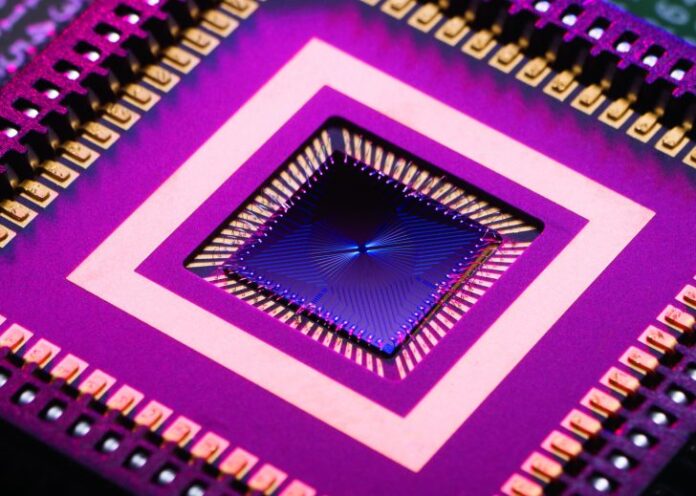
The National Aeronautics and Space Administration (NASA) is gearing up to launch another asteroid mission tomorrow. This mission follows a much hyped asteroid sample that the OSIRIS-REx mission brought to Earth late last month, with NASA outlining yesterday that the sample of rocks from the asteroid Bennu came with high levels of carbon and water - two of the building blocks of life. The Psyche mission, named after the asteroid Psyche, which is its destination, is slated to take off from the space agency's Kennedy Space Center tomorrow on SpaceX's largest operational rocket, the Falcon Heavy.
Psyche Launch Comes As NASA Certifies SpaceX's Falcon Heavy Rocket For High Priority Missions
While NASA has launched several payloads and missions to distant celestial bodies, SpaceX's Falcon Heavy has mostly been limited to launching satellites to Earth orbit. The rocket's only interplanetary mission so far is its test flight that sent a Tesla Roadster on its journey to Mars, after which the rocket did not fly for a year before conducting two launches in 2019. Then it took another extended break, and resumed flights in late 2022 to fly regularly since then.
SpaceX shared on its X (formerly Twitter) page that the Falcon Heavy will place the payload fairing into an interplanetary transfer orbit. Launching missions to far flung destinations, such as the Psyche asteroid which is 229 million kilometers away from Earth at the nearest point in its orbit, requires placing the spacecraft into higher orbits before the second stage can take over.
For the Psyche spacecraft, NASA has planned a Mars gravity assist to increase its speed during the mission and reduce the travel time. Should the mission lift off tomorrow, the spacecraft will arrive at its destination in 2029 - a little less than six years post launch. Once at the asteroid, it is expected to spend 26 months orbiting it.

Once it reaches Psyche, the spacecraft will map the celestial body by orbiting it at different altitudes. These will see it dip as close as 40 miles to the surface and fly up to 440 miles higher as part of a group of four different orbits. The mission intends to map the asteroid's surface and determine its gravitational and magnetic characteristics.
NASA will also test a brand new communications system with the Psyche mission, aiming to improve data transfer speeds significantly. This is part of NASA's Deep Space Optical Communications (DSOC) test, which will place a transceiver equipped with a laser transmitter and a camera to send lasers to Earth and also receive laser communications from the home planet. Through the test, NASA will communicate with lasers with a spacecraft that is at least 240 million kilometers away from Earth for the first time during the first two years of the Psyche spacecraft's journey to the metallic asteroid.
The mission was initially slated to launch on October 5th, but problems with nitrogen gas thrusters delayed the launch. These thrusters are an essential part of the mission profile since they are responsible for steering it through space during its journey. The Pysche satellite also features Argon thrusters and NASA teams filled it up a ton of xenon gas in mid August as part of pre launch preparations.
The Psyche mission is slated to launch from the Kennedy Space Center 10:19 a.m. local time on Friday if weather permits.
WccftechContinue reading/original-link]




